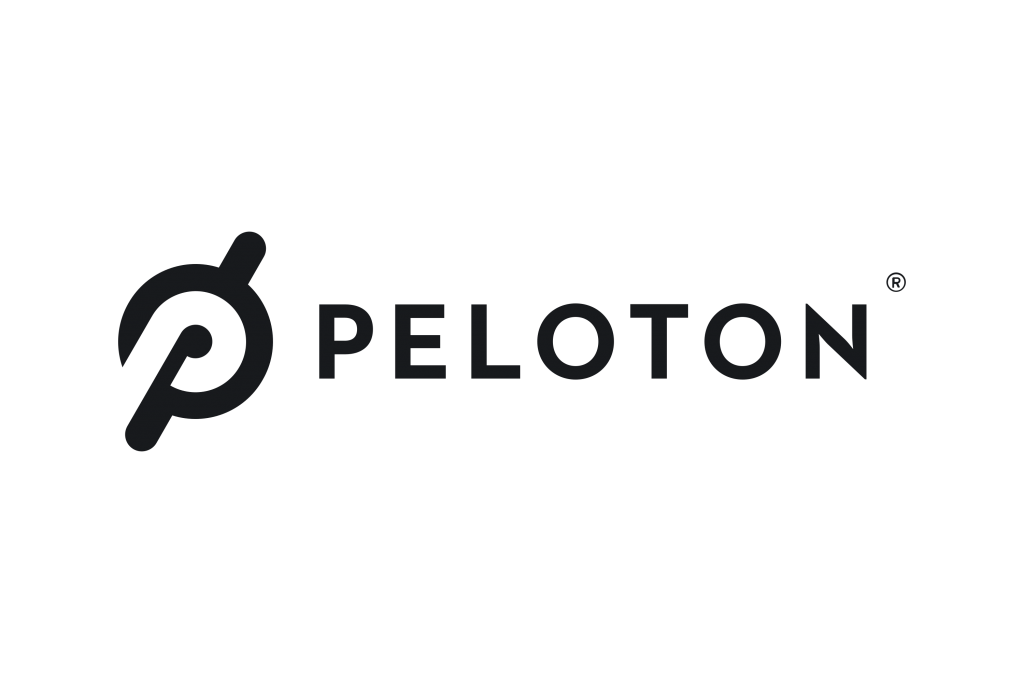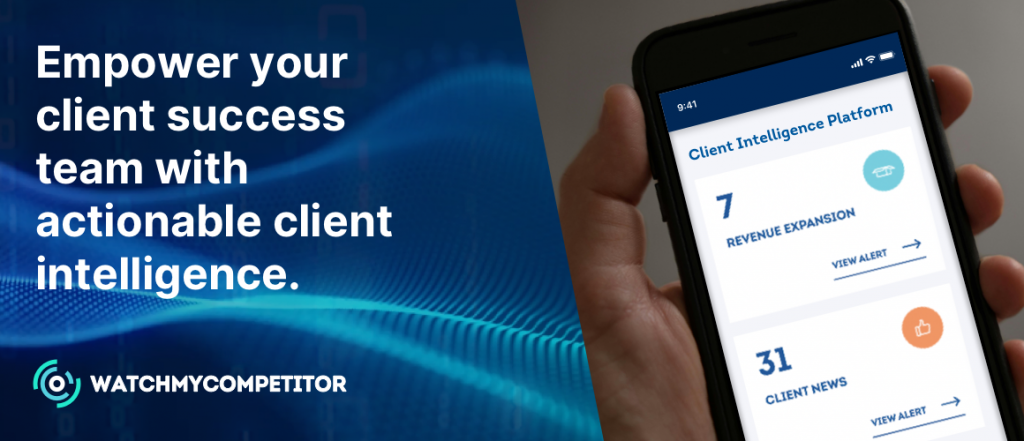Client insights are the lifeblood of the modern business world. They go beyond simple customer data, delving into the motivations, behaviours, and pain points of your clientele.
By understanding your clients on a deeper level, you unlock the power to innovate, improve customer experience (CX), and make strategic decisions that propel your business forward. This article explores compelling examples of how businesses across industries have leveraged client insights to achieve tangible success.

What Are Client Insights?
Client insights are actionable pieces of information gleaned from your client interactions. This can include data from surveys, customer service interactions, website analytics, social media engagement, loyalty programs, and even informal conversations with sales representatives.
By analysing this data, you uncover trends and patterns that reveal what your clients truly value, how they engage with your product or service, and where their frustrations lie. Here’s a breakdown of some key types of client insights:
A) Behavioural insights
This data reveals how clients interact with your brand. It can include website clickstream data, app usage patterns, and purchase history. By analysing this information, you can identify areas for improvement in your user experience and identify potential upsell or cross-sell opportunities.
B) Attitudinal insights
This data focuses on client sentiment and perceptions. It can be gathered through surveys, social media listening, and online reviews. Understanding how clients feel about your brand, products, and services is crucial for building loyalty and addressing areas of dissatisfaction.
C) Verbatim feedback
While not strictly data-driven, capturing client feedback in their own words can provide invaluable insights. Open-ended survey questions, customer service call recordings, and social media comments can reveal specific pain points, feature requests, and areas for improvement that quantitative data might miss.
Transformative Client Insights Examples
Let’s delve into real-world scenarios where client insights sparked significant improvements:
1) Amazon’s relentless focus on customer convenience

Amazon’s success story is a testament to their relentless focus on client insights. From one-click ordering and personalised recommendations to free two-day shipping and a vast selection of products, Amazon analyses vast amounts of client data to anticipate needs and create a seamless shopping experience.
2) Spotify’s data-driven music curation

Spotify utilises client listening habits to personalise music recommendations and create engaging playlists. By analysing data on genres, artists, and listening times, they curate playlists like “Discover Weekly” that introduce clients to new music they’re likely to enjoy, increasing user satisfaction and retention.
3) USAA’s commitment to serving military families

USAA, the financial services provider specialising in serving military families, leverages client insights to tailor their offerings.
Through surveys and focus groups with active-duty personnel and veterans, they understand the unique financial challenges faced by military families and offer specialised services like auto insurance with deployment coverage and financial planning advice geared towards frequent relocation.
Client Insights: Beyond the Obvious
While many companies focus on gathering explicit client feedback, there’s a variety of insights hidden within seemingly unrelated data points. Consider these 2 examples:
1) Peloton’s unexpected social fitness phenomenon

Peloton initially focused on selling high-end stationary bikes. However, by analysing client data on workout times and music preferences, they discovered a strong sense of community forming among users who shared similar workout times.
This insight led to the development of live and on-demand fitness classes, transforming Peloton into a social fitness phenomenon.
2) LEGO’s user-generated content goldmine

LEGO, the iconic building block brand, encourages user-generated content (UGC) through its LEGO Ideas platform, where fans submit ideas for new sets.
By analysing these submissions and user comments, LEGO can identify emerging trends and popular themes, allowing them to develop new products that resonate with their core audience.
From Insights To Action
The key to unlocking the true value of client insights lies in translating them into actionable strategies. Here are some steps to take:
- Establish a culture of client-centricity: Ingrain the importance of client feedback across all departments, from product development to marketing and customer service.
- Create a feedback loop: Implement clear channels for gathering client feedback, such as regular surveys, social media listening tools, and easily accessible customer service channels.
- Data-driven decision-making: Integrate client insights into all aspects of your business, from product roadmaps to marketing campaigns. This ensures your strategies are aligned with what your clients truly value.
- Prioritise journey mapping: Map out the entire client journey, from initial brand awareness to post-purchase experience. Identify touchpoints where client insights can be applied.
The Role of Technology In Gaining Client Insights
The digital age has revolutionised how businesses collect and analyse client data. Platforms like WatchMyCompetitor can play a crucial role in this process by offering several advantages:
- Automated data collection: These platforms automate the process of gathering data from various sources, including social media activity, pricing changes or product launches. This streamlines the process, minimises human error, and allows for real-time data collection.
- Advanced analytics: Powerful algorithms can glean deeper insights from client data, uncovering hidden trends and patterns that might be missed through manual analysis. This includes sentiment analysis to understand client emotions behind their feedback and predictive analytics to anticipate future client needs.
- Real-time feedback: Technology allows for gathering and analysing client feedback in real-time. This enables businesses to address issues, adapt strategies promptly, and identify emerging trends as they unfold.
Building A Sustainable Client Insights Program
Building a successful client insights program requires a long-term commitment and ongoing effort. Here are some key considerations:
- Invest in the right tools: Utilise a combination of qualitative and quantitative data collection methods. Consider tools like customer relationship management (CRM) software for centralising client data, survey platforms for gathering structured feedback, and social listening tools for monitoring online conversations.
- Develop internal expertise: Train your team on how to collect, analyse, and interpret client data. This ensures everyone can contribute to the process of gathering and utilising client insights.
- Focus on data quality: Implement data quality checks to ensure the accuracy and reliability of your client data. This involves verifying data entries and ensuring consistency across different data sources.
- Embrace a culture of continuous improvement: Regularly review client insights and adapt your strategies based on the evolving needs and preferences of your clientele. Treat client insights as a continuous learning process that fuels innovation and drives business growth.
The Power Of Client-Centricity
Prioritising client insights is no longer a luxury; it’s a necessity. By actively listening to your clients, understanding their needs and pain points, and translating those insights into actionable strategies, you can build stronger customer relationships, foster brand loyalty, and ultimately achieve sustainable business success.
Here are some additional benefits of a client-centric approach:
- Reduced churn rate: By proactively addressing client concerns and exceeding expectations, you can minimise customer churn and retain valuable clients.
- Enhanced brand reputation: Positive client experiences translate into positive word-of-mouth marketing and a stronger brand reputation. This can attract new clients and strengthen your market position.
- Improved product development: Client insights provide valuable direction for product development efforts, ensuring you’re creating products and services that truly resonate with your target market.
Concluding Thoughts
Client insights are the cornerstone of building a successful and sustainable business. By prioritising the collection and analysis of client data, translating those insights into actionable strategies, and fostering a culture of continuous improvement, businesses can unlock a wealth of opportunities.
In today’s data-driven world, leveraging the power of client insights is the key to staying ahead of the curve, exceeding client expectations, and achieving long-term success.


